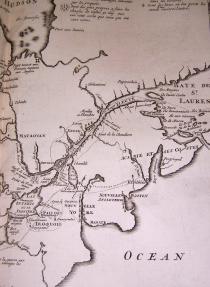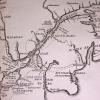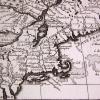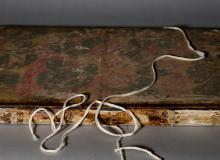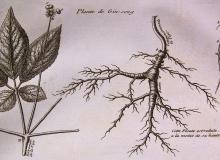New France (North America)
One of the foundational characteristics of the Society of Jesus was its desire to go anywhere, even to ‘the ends of the world’, in pursuit of their mission of preaching the word of God. A recitation of their journeys is exhausting in itself. For instance, one of their co-founders, St. Francis Xavier (1506-1552), had spent the years from 1540 to 1548 traveling from Lisbon to Mozambique to Goa to southern India to Makassar (in modern Indonesia) to Malacca to Ambon (and other islands besides) before then returning to India. In 1549, Xavier set out for Japan, where he stayed until 1551 before returning again to Goa. He then set out once more in 1552, this time with the hope of entering China. This was not to be as he died later that year off the coast of China, at Shangchuan Island, having been refused passage on a vessel making its way to Guangzhou.
Xavier’s life quickly became the template for other Jesuits, and over the next centuries - until the Suppresion of the Jesuits in 1773 – other missionaries were leaving Europe on whatever vessel would take them. Under the terms of the Treaty of Tordesillas (1494), vessels travelling to Asia had to leave under the auspices of the Portuguese crown, while those traveling to the so-called New World were organized by the Spanish court. This all changed when nations like France, Britain and Holland also established trading companies to exploit the riches being found around the world – everything from beaver pelts to cinnamon.
From the middle of the sixteenth century French fisherfolk, explorers and traders had been travelling to what they were now claiming as New France, having planted a cross in the Gulf of the St Lawrence River in 1534. Until 1608 they had met with little success in establishing settlements, but in this year they founded Quebec city, and this seemed to have a future, albeit a difficult one. Jesuits soon arrived in 1611 and began their long-standing relationship with this part of the world. Their residence here meant that Jesuits were now in all the continents, bar Australia, and communication linked them all.
This then enabled amazing cross-cultural exchange, as for instance when a description of Chinese ginseng prompted the ‘discovery’ of ginseng in Canada.
